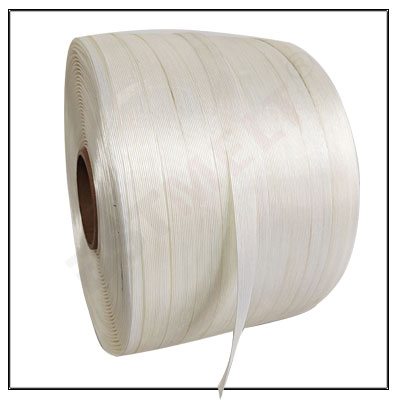Maximizing Space and Efficiency: How Baling Tape Transforms Recycling Processes
In an era where environmental consciousness is paramount, the importance of efficient waste management and recycling cannot be overstated. With increasing volumes of waste generated daily, recycling facilities face the challenge of optimizing their operations to handle this influx while maximizing space and efficiency. One innovative solution that has gained traction in recent years is the use of baling tape in compression recycling processes. This article explores the transformative role of baling tape in enhancing the recycling industry’s effectiveness.
Understanding Baling Tape
Baling tape is a robust, high-strength material designed specifically for binding and securing baled waste products. Unlike traditional twine or strapping materials, baling tape offers superior tensile strength, resistance to environmental factors, and compatibility with various recycling materials. Its primary function is to keep bales compact and secure during storage and transportation, ensuring that recyclables remain intact and manageable.

The Importance of Compression in Recycling
Compression is a fundamental process in recycling, as it reduces the volume of materials, making storage and transportation more efficient. Recycling facilities often deal with bulky items such as cardboard, plastic, and metal, which, when left uncompressed, occupy excessive space. By utilizing compression methods, recyclers can significantly increase storage capacity and decrease transportation costs.
However, effective compression requires the right tools and materials. This is where baling tape comes into play. By securely binding compressed bales, baling tape ensures that materials remain tightly packed, preventing them from breaking apart during handling and transportation.
Maximizing Space
One of the most significant advantages of using baling tape in recycling processes is its ability to maximize space. In a facility where space is often at a premium, the ability to create compact, uniform bales can lead to substantial improvements in operational efficiency.
Improved Bale Density
Baling tape enables recyclers to achieve higher bale densities. When materials are compressed and secured with baling tape, they occupy less volume, allowing facilities to store more recyclables in the same amount of space. This not only optimizes warehouse space but also reduces the frequency of waste collection and transport, leading to cost savings.
Efficient Storage Solutions
With the ability to create uniform bales, recycling facilities can implement more efficient storage solutions. Stacked bales take up less floor space and can be organized systematically, making it easier to access and manage inventory. This efficiency is crucial in fast-paced recycling operations where quick turnaround times are essential.
Enhancing Efficiency
Beyond maximizing space, baling tape contributes to overall efficiency in recycling processes. By improving handling, reducing labor costs, and minimizing waste, baling tape is an invaluable tool for recycling facilities.

Streamlined Handling
Bales secured with baling tape are easier to handle than loose or poorly bound materials. This streamlining of the handling process means that workers can spend less time managing waste and more time focusing on other critical aspects of the recycling operation.
Labor Cost Reduction
With improved handling comes the potential for reduced labor costs. When workers can efficiently manage materials, facilities may find that they can operate with fewer personnel or reallocate resources to other tasks, enhancing overall productivity.
Minimizing Waste
The use of baling tape also minimizes the risk of waste. When bales are securely bound, there is less chance of materials spilling or breaking apart during transportation. This reduction in waste not only conserves resources but also contributes to a more sustainable recycling process.
Environmental Impact
The environmental benefits of using baling tape in recycling processes extend beyond operational efficiency. By enabling better space utilization and minimizing waste, baling tape contributes to a more sustainable approach to recycling.
Reduced Carbon Footprint
Efficient recycling operations lead to fewer trips for waste collection and transportation, which can significantly reduce the carbon footprint of recycling facilities. As businesses and consumers alike become more aware of their environmental impact, the use of baling tape positions recycling facilities as responsible stewards of the environment.
Supporting Circular Economy Initiatives
The integration of baling tape into recycling processes aligns with broader circular economy initiatives. By maximizing the value of materials through efficient recycling practices, facilities can contribute to a more sustainable economy where resources are reused and repurposed rather than discarded.

Conclusion
As the demand for effective waste management solutions continues to grow, the role of baling tape in transforming recycling processes becomes increasingly vital. By maximizing space, enhancing efficiency, and contributing to a more sustainable approach, baling tape serves as a key component in the recycling industry.
Incorporating this innovative material not only optimizes operations but also supports the overarching goal of environmental sustainability. As recycling facilities strive to adapt to the challenges of modern waste management, baling tape stands out as a simple yet powerful solution that can make a significant difference in their processes. In the pursuit of a greener future, leveraging the capabilities of baling tape is a step in the right direction.





